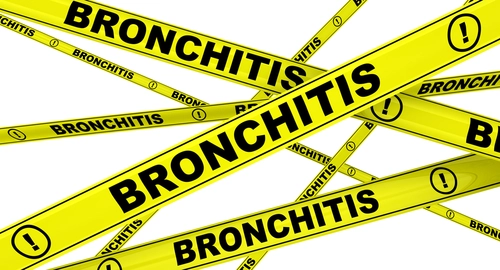Medicare Observation Services Increased by 100 Percent, Report Reveals

Expect carrier scrutiny in light of this leap and ensure you’re coding accurately.
If it looks like you’re reporting more observation codes than ever before, you’re not just seeing things—practices are billing these services more now than ever before, a recent study notes. In fact, the use of Medicare hospital observation services grew by over 100 percent between 2001 and 2009, the new AARP report, entitled “Rapid Growth in Medicare Hospital Observation Services: What’s Going On?” says. This means that payers are probably starting to scrutinize these services to ensure medical necessity.
You can confirm that you’re reporting observation care properly by following a few quick guidelines.
Initial Observation Care: Look to Time and Condition Severity
Take a look at the following example to see how time guides your code selection when reporting initial observation care per day:
Example: A 55-year-old patient with mild chronic bronchitis is admitted to observation care for treatment. The patient responds to the treatment and is discharged home on the next day.
In the above situation, you would use the CPT® code 99218 (Initial observation care, per day, for the evaluation and management of a patient which requires these 3 key components: A detailed or comprehensive history; A detailed or comprehensive examination; and Medical decision making that is straightforward or of low complexity. Counseling and/or coordination of care with other physicians, other qualified health care professionals, or agencies are provided consistent with the nature of the problem[s] and the patient’s and/or family’s needs. Usually, the problem[s] requiring admission to “observation status” are of low severity. Typically, 30 minutes are spent at the bedside and on the patient’s hospital floor or unit).
You could use codes 99219 (....Medical decision making of moderate complexity...Physicians typically spend 50 minutes at the bedside and on the patient’s hospital floor or unit) and 99220 (....Medical decision making of high complexity...Physicians typically spend 70 minutes at the bedside and on the patient’s hospital floor or unit) depending on the severity of the patient’s problem and the time spent by the beside.
Count the Hours Spent Under Observation for Same Day Discharge
If the patient was placed under observation for more than eight hours but was discharged within the same day, you would choose from the following observation codes, depending on the nature of patient’s problem and the time spent by the physician by the bedside:
Note: You cannot report 99217 (Observation care discharge day management) if the patient is discharged within the same calendar day.
Use Subsequent Observation Care Codes for Multiple Days
If the patient is admitted to observation care and discharged on another day, use 99218-99220 for the initial day and 99217 for the discharge day.
For all subsequent days of observation care (in between the initial observation care day and the discharge day), you’ll report the appropriate code from the 99224-99226 range, depending on time spent at the bedside and on the patient’s hospital floor or unit.
99217 caveat: You can use 99217 to report services rendered on the day of discharge; you cannot use 99217 to report services rendered if the patient has been admitted for observation and discharged within the same calendar day.
Example: Let the following example guide your coding:
A 69-year-old with a mild acute episode of transient loss of consciousness is admitted to observation care by the neurosurgeon for treatment. He responds to treatment and is discharged home on the next day. Because of the documented complexity of his condition, concomitant medical conditions, and decision-making, you code 99220 for the initial day and 99217 for the discharge day.
Solution: You report ICD-9-CM code 435.9 for the ischemic attack. The patient, due to concomitant medical conditions, was also seen by a cardiologist on the day of discharge who coded a 99204 (Office or other outpatient visit for the evaluation and management of a new patient...) for the visit and used ICD-9-CM code 402.10 (Benign hypertensive heart disease without heart failure) for his diagnosis of hypertensive heart disease without heart failure.
Resource: To read AARP’s report, “Rapid Growth in Medicare Hospital Observation Services: What’s Going On?”, visit www.aarp.org/content/dam/aarp/research/public_policy_institute/health/2013/rapid-growth-in-medicare-hospital-observation-services-ib-AARP-ppi-health.pdf.

